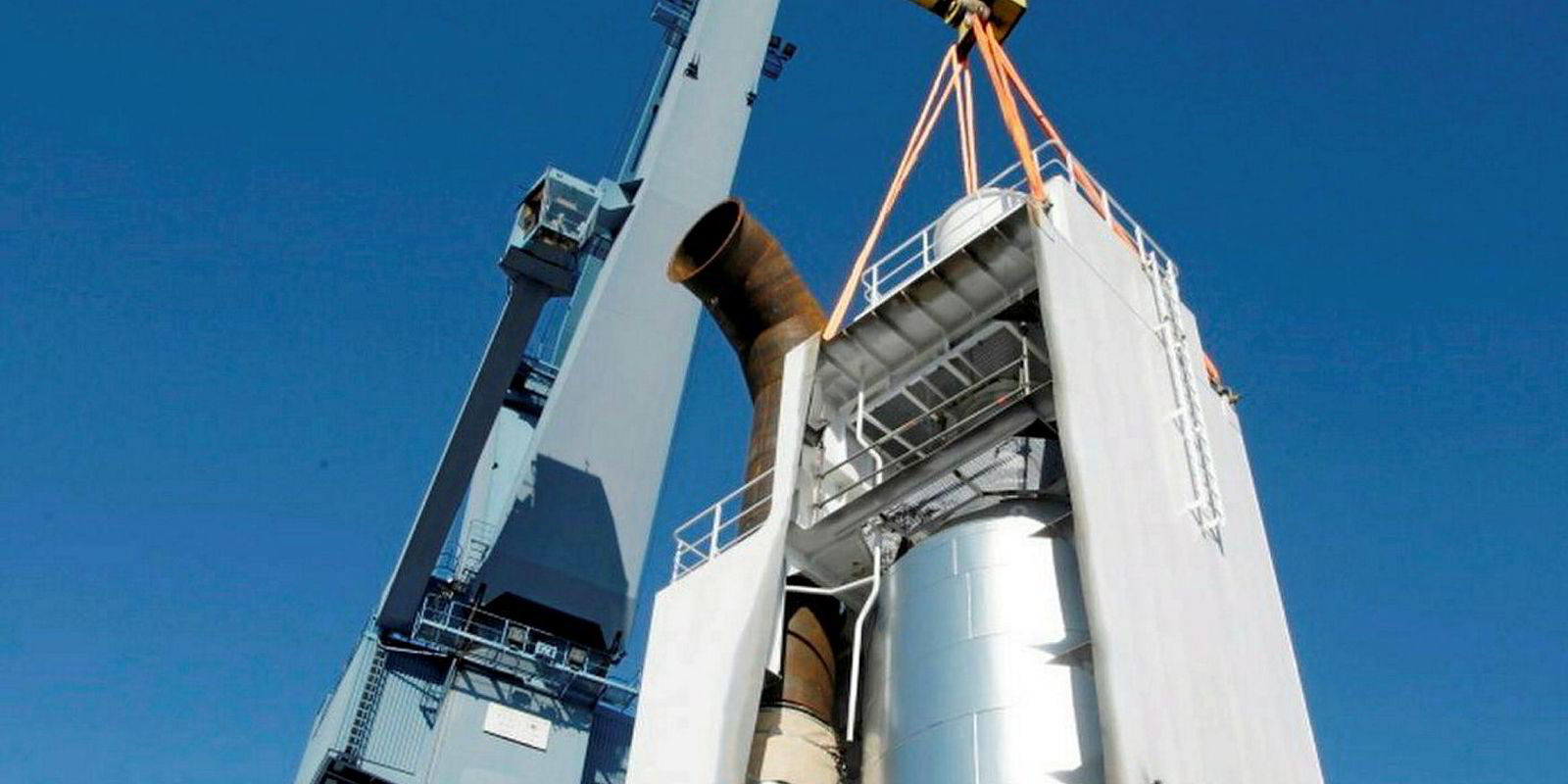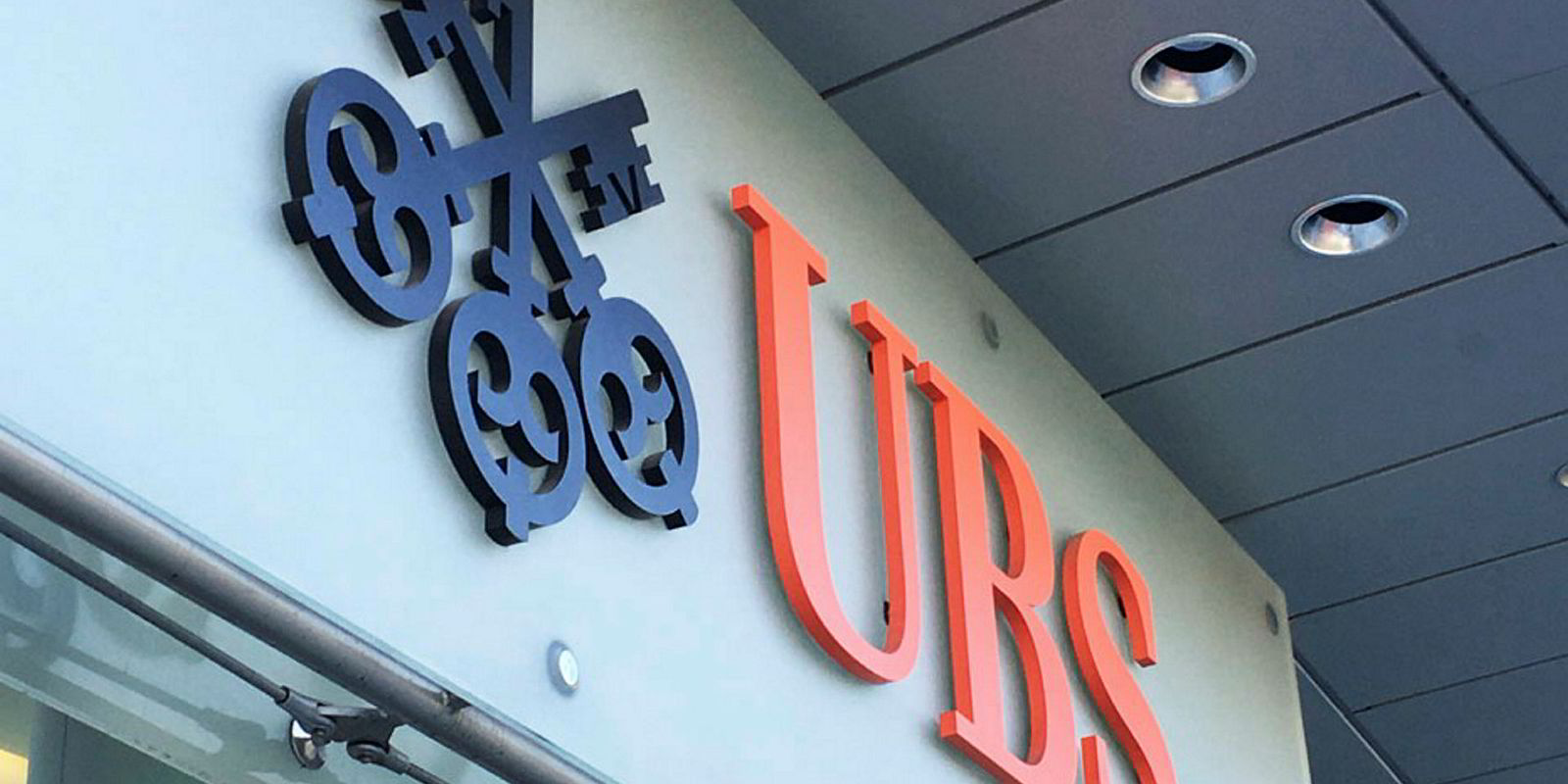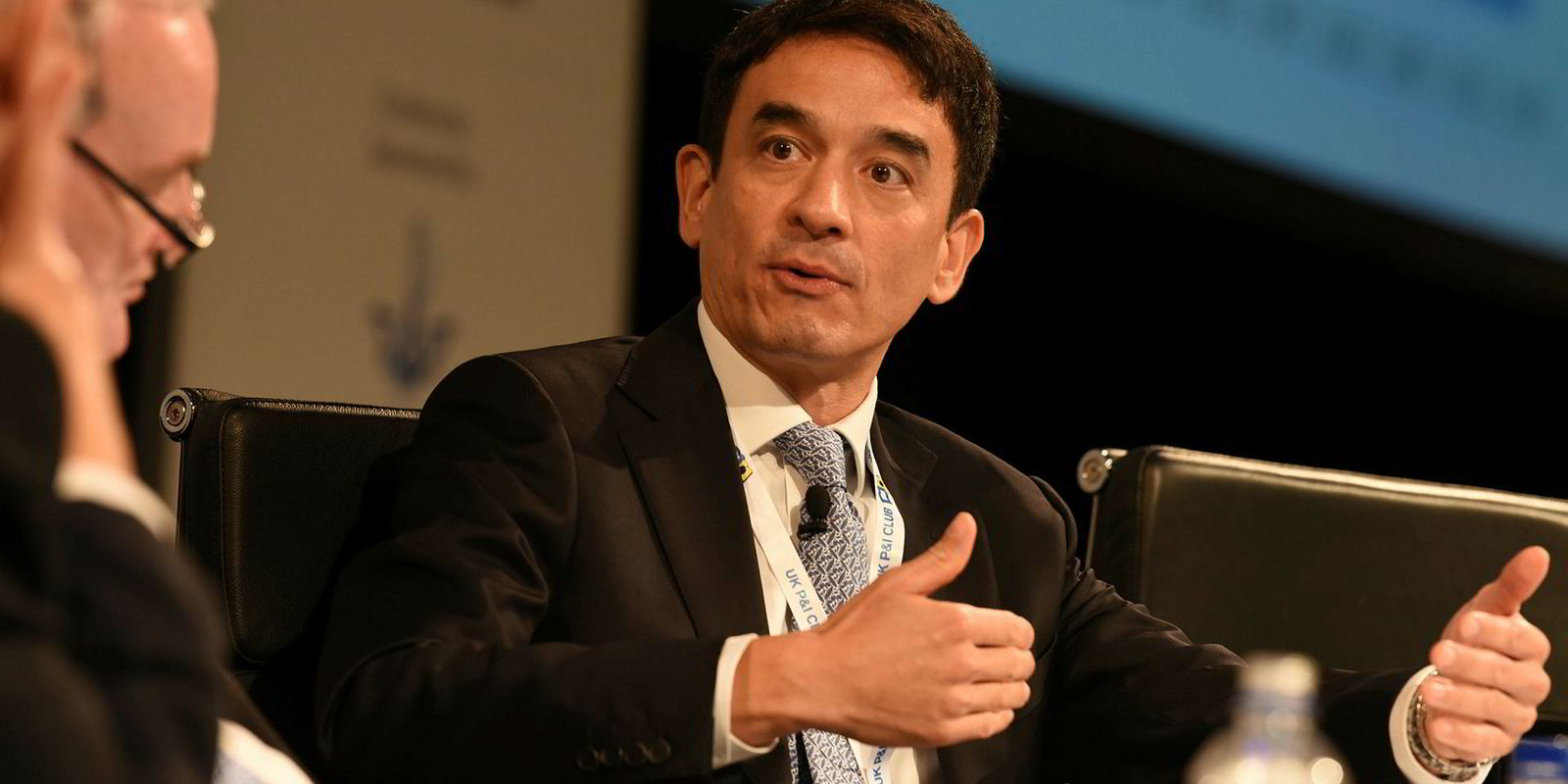Opec’s 2020 vision predicts a spike in crude demand as a result of new IMO emissions rules, which could translate into a positive development for tanker owners that will also likely be boosted by heavy scrapping.
In its World Oil Outlook 2018, the oil producers cartel has forecast global oil demand growth to accelerate to 1.7 million barrels per day (bpd) in 2020 from 1.4 million bpd next year, with refiners forced to increase overall throughput to produce sufficient compliant fuels.
“The implementation of the IMO regulations to limit the global sulphur content in all bunker fuels to 0.5%, effective [from] January 2020, will not only pose a challenge to the refining industry, but will also likely affect overall demand levels,” the annual report says.
'Lack of clarity'
“Given the lack of clarity on how this regulation will be implemented, the refining industry is reluctant to provide the necessary investment to expand capacity (especially secondary desulphurisation and conversion capacity) that would be necessary to meet [the] required fuel's standards.”
Based on Opec’s forecast, additional refinery runs will be necessary in 2020 to increase the production of low-sulphur diesel, which will be used as a blending component to lower the sulphur content of heavy fuel oil to meet the IMO's regulations.
However, during the oil refining process, crude will not only be converted to distillates such as diesel, but also into residuals.
This would be positive for dirty tanker earnings, with overall more crude trades and higher residual fuel output that will need to find buyers, according to VesselsValue analyst Court Smith.
“Increased refinery runs will ultimately lead to more crude oil heading into refineries, boosting tonne-mile demand for crude tankers,” Smith says.
“The higher runs will also lead to more residual fuel production, which is expected to be used in power generation as a substitute for coal. This should create new trading opportunities for panamax, aframax, and some suezmax tankers.”
Moreover, the IMO 2020 rules will favour light grades of crude due to their higher yields of low-sulphur products.
Long-haul trades
Opec has predicted tight crude production in the US will increase to 7.7 million bpd in 2020 from 4.7 million bpd in 2017, making the country best positioned to meet incremental demand — with main consuming countries based in Asia, this bodes well for long-haul trades.
“Considering the firm demand for low-sulphur fuel oil, the demand for light sweet crude will be high, which suggests that the ongoing trend of increasing shipments of US crude to Asia will most likely strengthen further, supporting tonne-mile demand,” Drewry’s lead tanker analyst Rajesh Verma says.
“The only possible threat to this would be in the form of a possible surge in demand for light tight oil from the domestic refiners in the US because of high premium for LSFO.”
The expected higher vessel demand may come in parallel with easing oversupply, as shipowners have been keen to recycle old tonnage amid weak earnings and firm demolition rates.
According to Clarksons, 18.1 million dwt of dirty tankers have been recycled this year, compared with 11.2 million dwt for the whole of 2017.
Scrapping candidates
Looking further, some market participants have anticipated that vessels aged 20 or older could be good candidates for scrapping in the coming quarters, as they are less economical to operate when the IMO’s bunker and ballast water regulations come into force in 2019-2020.
“Overall, there are plenty of ageing ladies — over 55 vessels in the existing VLCC fleet were built in 2000 or earlier,” Gibson Shipbrokers says in a research note.
“Due to their age profile, low industry returns and limited trading opportunities, these tankers are the most vulnerable to demolition pressure in a run-up to 2020.”






